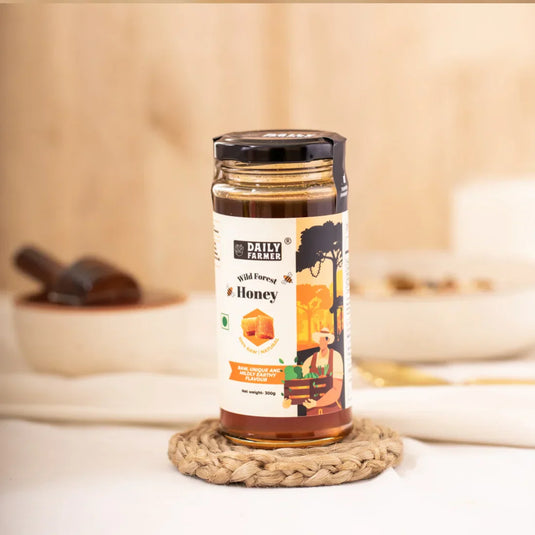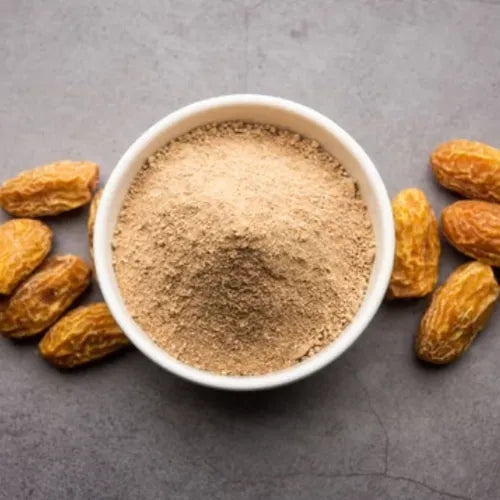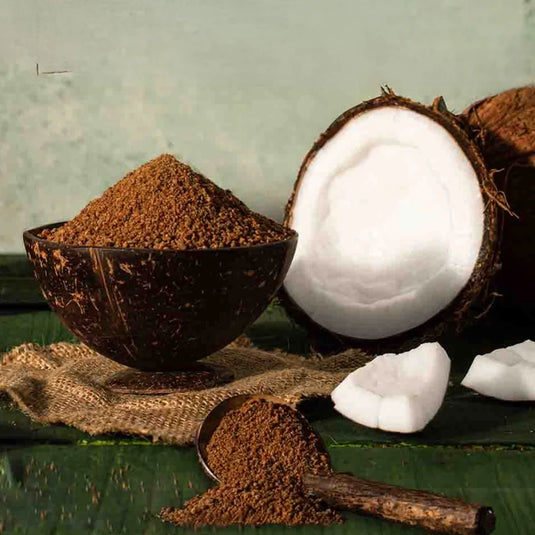Forest honey, also known as wild forest honey, is a pure and unprocessed natural sweetener collected from deep within forests. Unlike regular honey from domesticated bees, forest wild honey is sourced from wild bees that build their hives in tree hollows and rocky crevices. But how is this natural treasure made? Let’s explore the fascinating journey of natural wild forest honey from the forest to your jar.
The Role of Wild Bees
Wild bees play a crucial role in producing wild forest honey. They forage deep in the forests, collecting nectar from a wide variety of wildflowers and medicinal plants. This results in a rich, aromatic honey packed with nutrients and antioxidants. Unlike commercial beekeeping, where bees are fed sugar syrups, wild bees rely only on natural nectar sources, making their honey superior in quality.
The Hive Building Process
Wild bees construct their hives in undisturbed locations like tall trees, cliffs, or caves. They carefully choose these sites to protect their colonies from predators and extreme weather conditions. The hive is made from beeswax, which the bees produce themselves. Over time, they store nectar, which undergoes a natural enzymatic process to become honey.
Honey Maturation
Once the nectar is stored in honeycombs, bees fan their wings to evaporate excess moisture. This natural dehydration process thickens the honey and enhances its preservation. After maturation, the honeycomb is sealed with beeswax, ensuring the honey remains fresh and unspoiled for months.
Ethical Honey Harvesting
Harvesting forest wild honey is a skill passed down through generations of tribal communities. Honey hunters venture into the forest, climbing tall trees or cliffs to carefully extract honey without harming the bees. They use traditional methods, such as smoke from burning leaves, to gently drive bees away before collecting the honeycombs. This ensures sustainable harvesting and the survival of bee colonies.
Processing and Packaging
Once harvested, natural wild forest honey undergoes minimal processing to retain its nutrients and purity. Unlike commercial honey, which may be heated or filtered extensively, wild honey is usually strained to remove debris while keeping its natural enzymes and pollen intact. The final product is a golden, thick, and aromatic honey ready for consumption.
Health Benefits of Wild Forest Honey
Wild forest honey is not just a sweetener; it is also packed with health benefits. Since it is unprocessed, it retains essential enzymes, vitamins, and minerals. Some key benefits include:
- Boosts Immunity: Rich in antioxidants and antibacterial properties, natural wild forest honey helps strengthen the immune system.
- Aids Digestion: It promotes gut health and helps with digestion due to its natural prebiotics.
- Energy Booster: A natural source of carbohydrates, it provides instant energy without artificial additives.
- Soothes Sore Throat: Its antimicrobial properties help in relieving throat infections and coughs.
Where to Buy Authentic Wild Forest Honey
Finding genuine wild forest honey can be challenging, as many commercial brands offer adulterated versions. To enjoy pure, high-quality honey, choose trusted brands like Daily Farmer. You can get authentic wild forest honey from Daily Farmer’s online store for a pure and natural experience. Also, you can explore a wide range of honey products on Amazon.
Conclusion
Forest wild honey is nature’s gift, offering unmatched purity, taste, and health benefits. From the deep forests to your table, the journey of this golden nectar is remarkable. However, to experience its true essence, always opt for natural wild forest honey from trusted sources like Daily Farmer. Enjoy the goodness of the forest in every drop!



